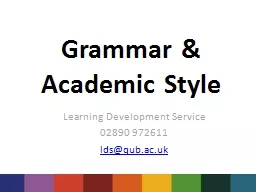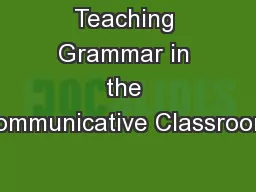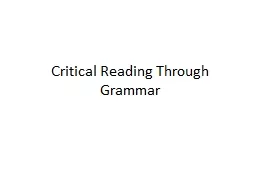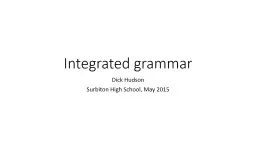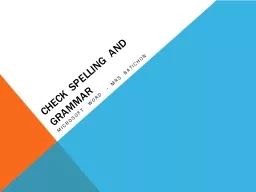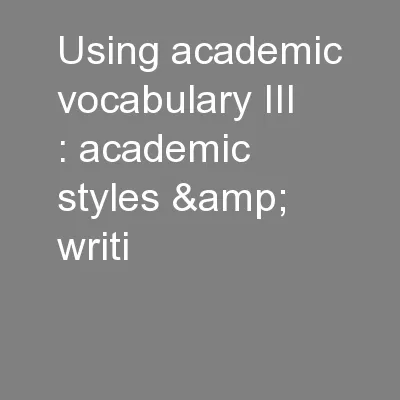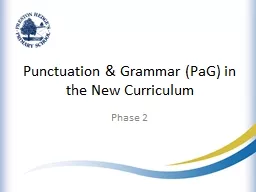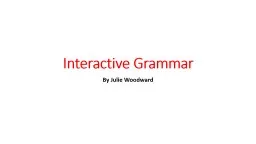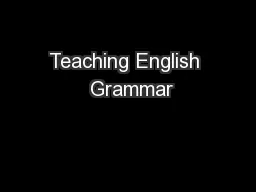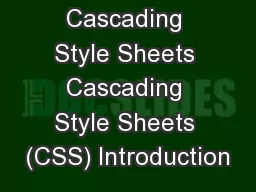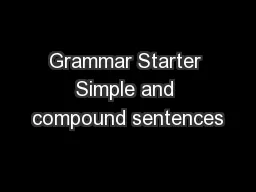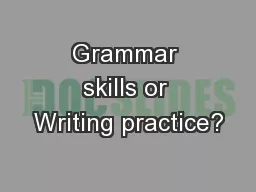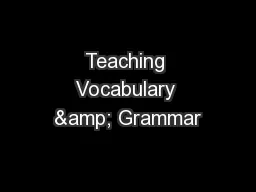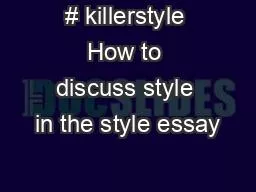PPT-Grammar & Academic Style
Author : TropicalDelight | Published Date : 2022-07-27
Learning Development Service 02890 972611 ldsqubacuk What will this session cover Prewriting and Planning Analyse the question Initial thoughts Gather material
Presentation Embed Code
Download Presentation
Download Presentation The PPT/PDF document "Grammar & Academic Style" is the property of its rightful owner. Permission is granted to download and print the materials on this website for personal, non-commercial use only, and to display it on your personal computer provided you do not modify the materials and that you retain all copyright notices contained in the materials. By downloading content from our website, you accept the terms of this agreement.
Grammar & Academic Style: Transcript
Download Rules Of Document
"Grammar & Academic Style"The content belongs to its owner. You may download and print it for personal use, without modification, and keep all copyright notices. By downloading, you agree to these terms.
Related Documents

